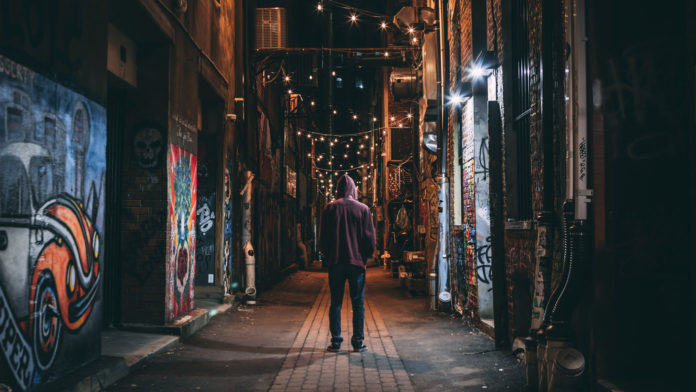The COVID-19 pandemic has jeopardized employment, stable housing, and food security for many people who normally live paycheque-to-paycheque. The crisis has shone an unflattering light on Canada’s social safety net, prompting renewed calls for a guaranteed basic income.
Echoing the sentiment that people will make good spending choices if we give them agency, Vancouver-based charitable organization Foundations for Social Change and the University of British Columbia, directly transferred $7,500 to the hands of 50 newly homeless people in 2018.
It’s a bold social experiment with findings that defy the stereotypes of homelessness.
The study is called the New Leaf project, and the researchers recruited 115 participants who had been homeless for six months, on average. Each participant was screened to verify that they were not struggling with serious mental health or addiction issues. From there, 50 were randomly assigned to receive the cash transfer, and the remaining 65 served as the control group that did not receive cash; all participants remained eligible for other existing social supports.
Then they followed up with everyone for a year, with both questionnaires and more open-ended qualitative interviews. The differences they found in the two groups were striking.
Cash group decided to secure food and housing first
By and large, the cash group made great decisions with their money that actually allowed many to save some (on average $1,000 by the end of the year), which is particularly notable in an expensive area like Vancouver. People didn’t spend their cash impulsively; they wanted to make it last.
Contrary to the stereotype that a homeless person would likely squander any cash that comes their way, cash participants prioritized spending on essentials like housing and food (52 percent of their budget), clothing and transportation (16 percent), and medication and utility bills (15 percent). Getting a large sum of money up front allowed them to make important one-time investments, like furniture, computers, and bikes.
Cash recipients moved into stable housing faster, and spent fewer days homeless that year. On average, they found stable housing within three months — two months sooner than the average for the control group. That meant better stability and health outcomes for the cash group, who also stopped relying on shelter beds sooner, freeing up a scarce resource for other people.
In total, the decreased reliance on shelters added up to $8,100 in savings for these social services for each person in the cash group, compared to the control group. This alone exceeds the amount of the cash transfer per cash recipient.
Cash recipients also started eating three meals a day, with two thirds becoming food secure within the first month, up 36 percentage points from the pre-study baseline. This compares with only a 2 percentage point increase for the control group over the same period.
Further adding to the narrative that the cash group was responsible with their use of the funds they received, the study also noted a 39 percent reduction in spending on “temptation” items like alcohol, drugs or cigarettes.
Given freedom, people chart out personalized paths
Shelters and soup kitchens are a lifeline to the homeless, providing immediate access to food and a warm place to rest. But these structured and single-purpose services aren’t stable, long-term solutions. Without appropriate resources, they are often a revolving door for the people who need them.
People can lose housing in dozens of ways. They might have lost their jobs. Their homes and belongings might have been lost to a fire. They could be fleeing domestic violence. Their partner might have recently passed away. They could be young or old. They could have children in their care.
Homeless people need personalized paths back to stability. And based on the New Leaf interviews, many often envision just what they would do if they only had the cash to make it happen.
“When I found out I had been accepted to receive the cash transfer, I was living in an emergency shelter, trying to find a way forward,” said Ray, a New Leaf project participant, in a press release.
“The money gave me the resources I needed to get out of the shelter and push for the social programs and the computer class I needed. It was an important stepping-stone and it gave me a choice. It gave me a chance.”
One major limitation of the study is that people who struggle with severe mental health or addiction issues were excluded from participation. That’s a pretty big gap given how many homeless people fit into this category. But given the right support systems, there’s no reason to pre-suppose that an open-ended cash influx couldn’t be a more dignified solution for them, too.
Homelessness and poverty are top of mind during the pandemic, with growing financial pressures from the economic recession, and a broad public health need to get people into stable and physically-isolated housing before winter.
The human cost of inaction is staggering. The New Leaf project adds to the evidence that people experiencing poverty would use a guaranteed income responsibly, even without any strings attached.









































